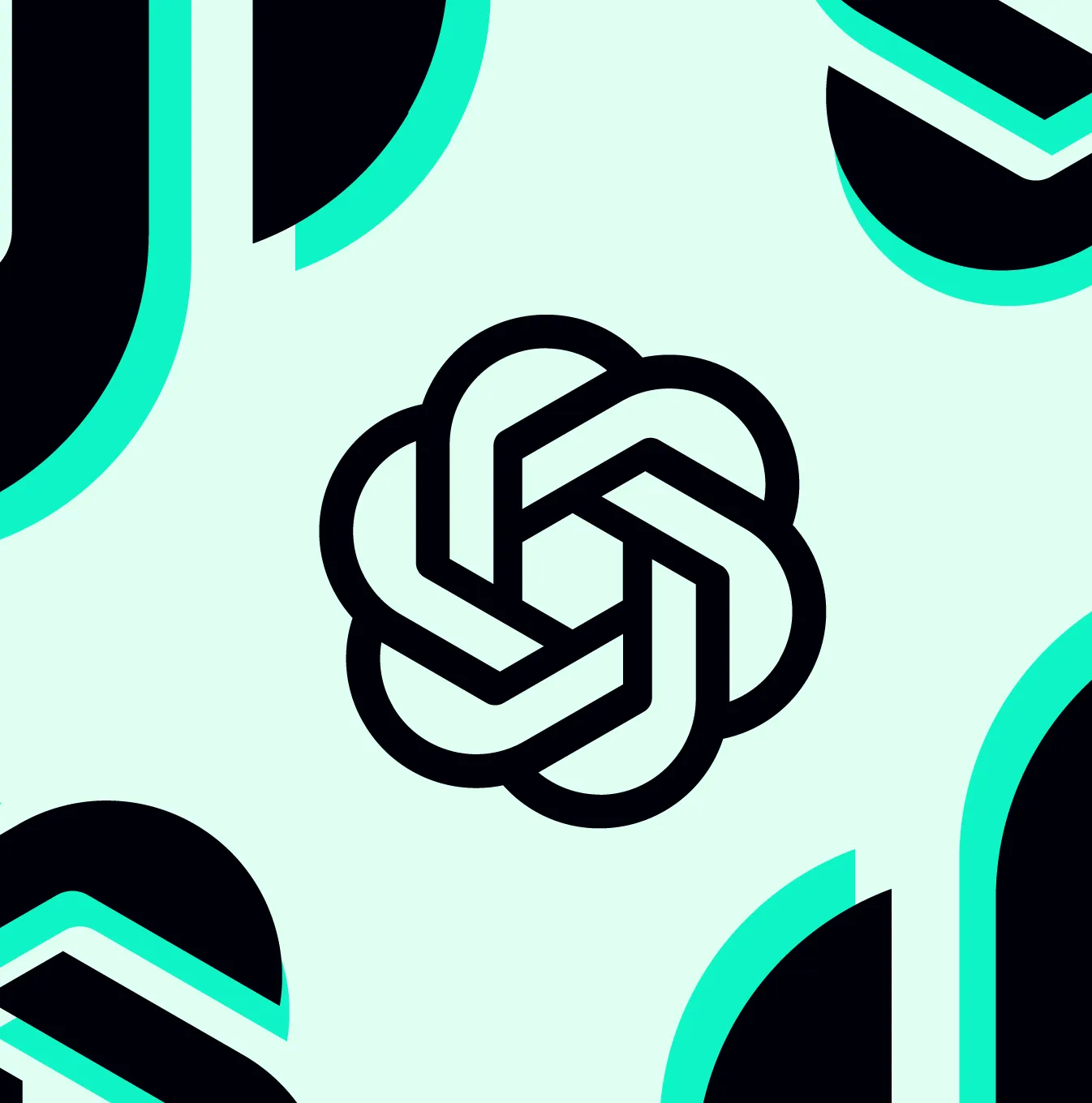“`html
ChatGPT’s Viral Image Generation Overloads OpenAI’s GPUs
The Rise of Visual AI: When Popularity Breaks the System
In an era where AI is shaping the way we interact with technology, OpenAI’s latest breakthrough—the image generation feature in ChatGPT—has taken the digital world by storm. However, the immense popularity of this innovative capability has come with a hefty cost: an overwhelming surge in GPU demand that’s pushing OpenAI’s infrastructure to its limits.
The visually rich outputs from ChatGPT’s image generation tool have gone viral across social media, catalyzing a new wave of user engagement that OpenAI wasn’t entirely prepared for. As a result, the strain on their computing resources—particularly GPUs—has reached a critical point.
What Triggered the GPU Crunch?
Since the rollout of image generation through ChatGPT’s premium tiers, the volume of requests has soared at unprecedented rates. According to sources, the sharp uptick in usage spiked rapidly after the feature became publicly accessible under the GPT-4 tier. The appeal was instant:
- Real-time high-resolution image creation with simple text prompts
- Seamless integration within the chatbot experience
- The democratization of design and visual storytelling for non-tech-savvy users
As engagement skyrocketed, OpenAI’s backend systems were inundated with massively parallel requests demanding heavy GPU power. These aren’t just any tasks—they require tens to hundreds of gigabytes of GPU memory every second.
Inside the Melt-Down: GPU Bottlenecks and Server Strain
An internal source revealed that the current demand has at times quadrupled expected capacity planning models. The GPU clusters responsible for image generation are not just strained—they’re being “melted,” figuratively speaking, according to headlines circulating online. The image above visually captures the chaos—a chilling blend of server stacks oozing under pressure from cloud-based overuse.
Why GPUs Are Melting (Metaphorically Speaking)
- Image models are compute-intensive: Unlike chat models, image generators like DALL-E and diffusion models require massive parallel processing.
- Concurrency at scale: Thousands of users directing simultaneous image-generation requests are causing resource collisions.
- System prioritization: Preference is given to Plus and Team users, leaving basic-tier users in delays.
This GPU bottleneck is not a new challenge in the AI space. However, what distinguishes this instance is the velocity of adoption and the accessibility baked into ChatGPT.
The User Frenzy: Why Everyone Can’t Get Enough
Millions of users have flocked to the image generation feature because it satisfies a deep need: the synthesis of imagination and automation. Instead of needing tools like Photoshop or prompt-code-heavy platforms like MidJourney and Stable Diffusion, users simply describe what they want in plain English.
Key Drivers Behind Virality
- Social media content creation: Instant memes, art, and thumbnails
- Marketing and branding mockups for entrepreneurs
- Educators and students creating interactive visuals for assignments
- Gaming and fan art creation among enthusiast communities
The feature is so intuitive and rewarding that it triggered a viral loop: users shared their images online, prompting others to try it, which created more demand, thus fueling the overload issues even further.
OpenAI’s Response and Future Strategy
Recognizing the severity of the challenge, OpenAI is taking active steps to mitigate the infrastructure strain. Sam Altman, CEO of OpenAI, acknowledged in a recent internal company message that the situation was both a “good problem” and a “critical fire to contain.”
Steps Being Taken to Alleviate GPU Strain
- Procuring more GPU inventory from Nvidia and AMD to expand capacity
- Exploring third-party cloud partnerships for compute overflow routing
- Implementing load balancers and queue systems to slow traffic at peak hours
- Improving backend engineering for more efficient workload prioritization
In the longer term, OpenAI hints at investing in more robust infrastructure, potentially involving the build-out of proprietary data centers or closer collaborations with cloud infrastructure giants like Microsoft Azure.
The Bigger Picture: Is This the Future of AI?
This episode is a glimpse into the future of consumer-facing AI. It showcases the powerful intersection of creativity and machine learning and signals a world where every person with a smartphone or laptop can summon art, design, advertisements, and entertainment—anywhere, anytime.
That said, this also underlines a vital challenge: AI scalability. For every AI success story, there’s an infrastructure hurdle waiting to be addressed. Becoming truly global and real-time means rethinking cloud architecture, GPU pipeline design, and even server energy efficiency.
Predictions Ahead
- More hybrid language-visual models will enter the market, combining conversational context with visual creativity
- Dedicated AI GPUs may become as common as CPUs in the cloud ecosystems
- Pricing tiers might shift as companies balance popularity with infrastructure costs
Final Thoughts: A Double-Edged Sword of Viral Success
While the virality of ChatGPT’s image-generation feature has spotlighted OpenAI’s innovation prowess, it has equally exposed the limitations of today’s infrastructure in supporting such scale. What we’re witnessing is a turning point: the democratization of visual content creation, paired with the sobering reminder that even the most advanced AI systems rely on tangible, finite hardware.
If OpenAI can resolve these operational hurdles—and all signs suggest they’re well on their way—we may see a new standard emerge where visual creativity is not a niche offering, but a universal feature embedded in daily digital life.
Stay tuned as the AI arms race continues, and GPUs everywhere brace for what comes next.
“`



